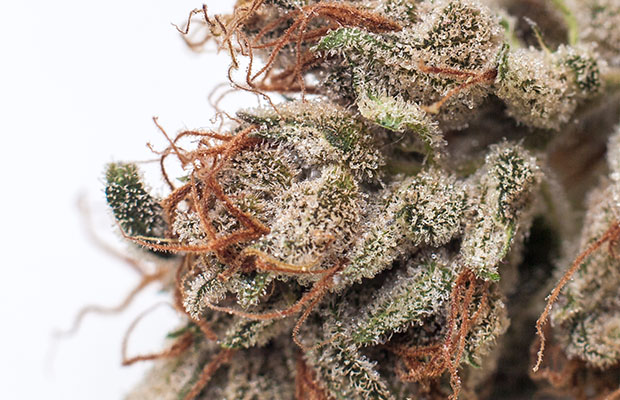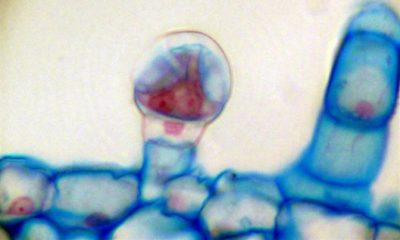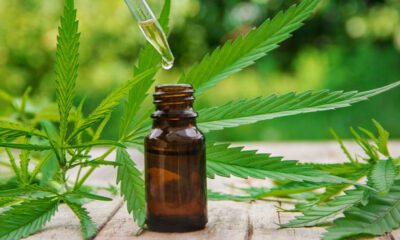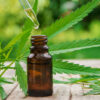
Cannabis
Understanding the Entourage Effect of Cannabis
This pharmaceutical approach to medical marijuana may be undermining the very foundation of its healing power — the entourage effect.
Curiosity about cannabis medicine is at an all-time high, and big pharmaceutical companies are already hitting the market with isolated and synthesized single cannabinoids, with particular interest in CBD.
There are more than 60 cannabis-exclusive molecules, known as cannabinoids. These chemical elements of the cannabis plant contain the building blocks of the plant’s psychoactive and medicinal effects, but most people are only familiar with two of them: THC and CBD.
THC had long been touted as the psychoactive element of cannabis, so initial efforts at synthesizing the plant for pharmaceutical use — like the controversial synthetic THC capsule dronabinol, branded as Marinol — didn’t include any other cannabinoids.
And as awareness builds about the medicinal properties of CBD (viewed erroneously by much of the public as a “non-psychoactive” cannabinoid) that single-cannabinoid approach has manifested once again, with some states pursuing CBD-only medical marijuana bills.
And while some patients may experience medical benefit from THC or CBD alone, a growing body of anecdotal evidence and research is pointing to the the need for multi-cannabinoid formulations that more closely resemble the contents of natural cannabis.
The cooperative effects of THC, CBD and other cannabinoids — including the flavonoids and terpenoids that give cannabis its broad spectrum of tastes and smells — was first observed by a team of researchers, including cannabis science pioneer Dr. Raphael Mechoulam, and dubbed an “entourage effect.”
But it wasn’t until neurosurgeon and media personality, Dr. Sanjay Gupta — after very publicly changing his mind on cannabis medicine — wrote about the entourage effect that public awareness of it really started to grow.
“More than a decade of experiments revealed that a whole plant extract, bred to contain roughly the same amounts of THC and CBD in addition to the other components in the plant, was more effective in reducing the pain and spasms of MS than a medication made of a single compound,” Gupta wrote. “After all, eating real fruits, vegetables and other plants provides better nutrition than just taking vitamin pills with one nutrient or mineral in each. Science is showing us that we can likely say the same about cannabis.”
Dr. Lester Grinspoon, a Psychiatry professor at Harvard Medical School, thinks maybe the word “ensemble effect” more accurately captures what’s going.
“I think that the ensemble is a better idea than entourage,” he said. “Because the word ‘entourage’ implies one item moving in this direction – and it has company.”
Whatever the name for this particular effect, medical marijuana is now at the intersection of growing public interest and a rapidly expanding scientific understanding of the biological mechanisms behind the plant’s medicinal impacts — including the little-known antibacterial properties of some cannabinoids.
There are an expanding array of whole-plant cannabis medicine options and an increased desire on the part of researchers to more effectively study the plant. This can only bode well for the future of cannabis medicine.
TELL US, have you had any success with CBD or THC-only cannabis medicine?


























